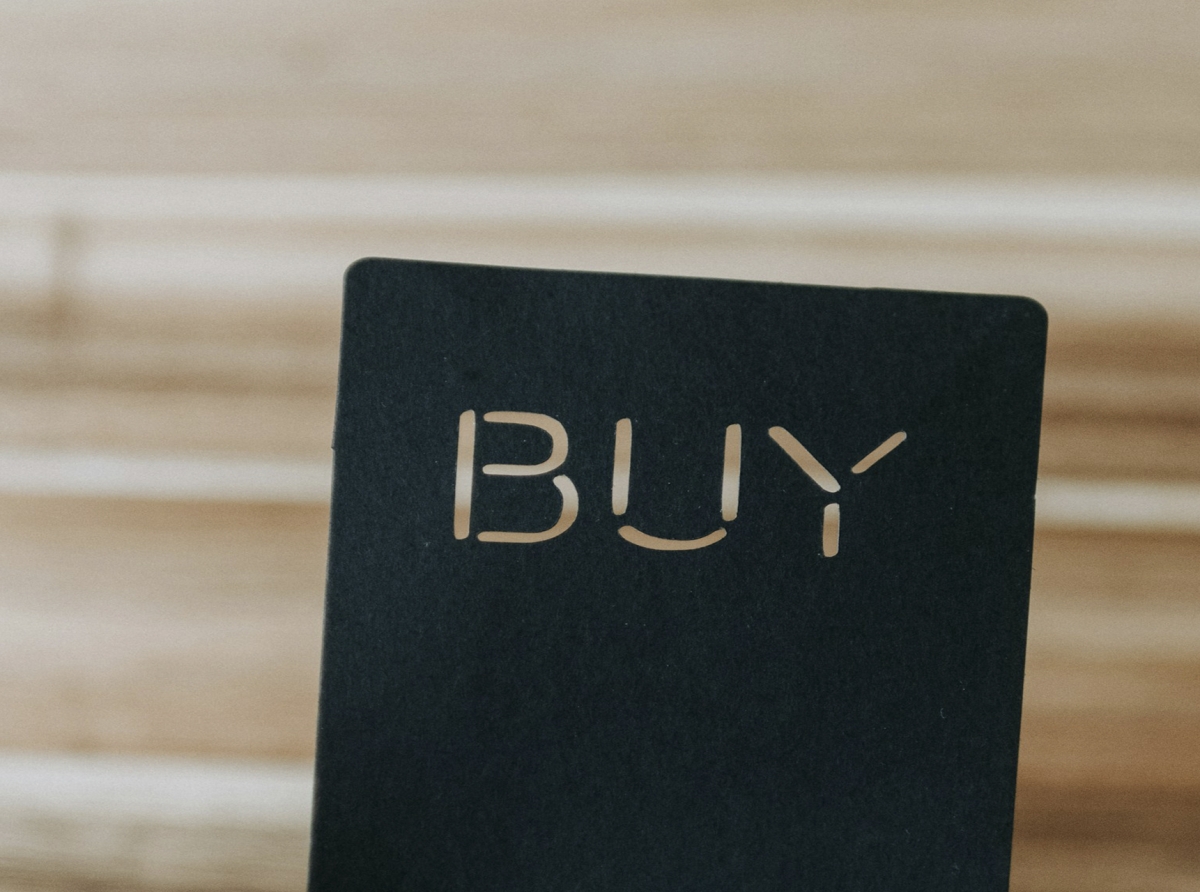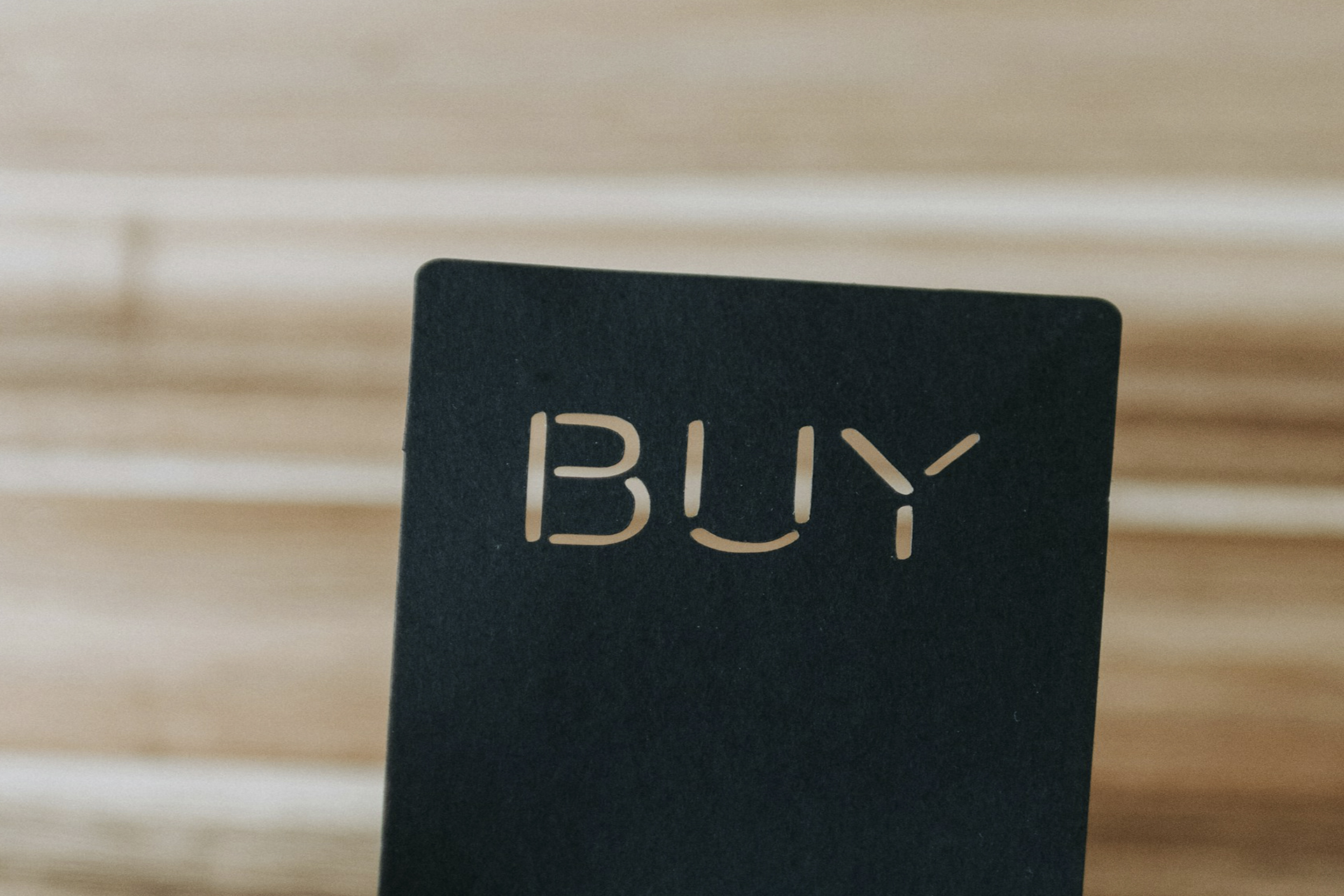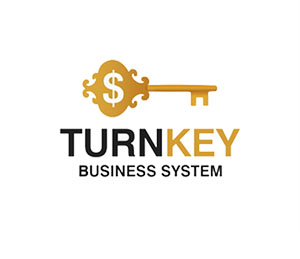Buy to Close: How the Mechanism Works and Why Traders Need It

Buy to Close: How the Mechanism Works and Why Traders Need It
Buy to close is not just a technical term, but an important element of risk management in options. For novice traders, understanding the difference between buy to open and buy to close is the first step to building smart strategies.
In the context of global uncertainty in 2025 (oil volatility, US elections, tensions in Asia), this tool becomes even more in demand, as it helps to close positions on time and preserve capital.
In the context of global uncertainty in 2025 (oil volatility, US elections, tensions in Asia), this tool becomes even more in demand, as it helps to close positions on time and preserve capital.
Options remain one of the most flexible instruments of the financial market. They allow not only to earn on the growth and fall of assets, but also to manage risks, creating complex strategies. One of the basic concepts in options trading is a closing purchase (buy to close).
This operation is used by traders when they want to close an already open short position on an option contract. Despite its apparent simplicity, it is buy to close that allows the trader to complete the transaction cycle and fix the result - be it profit or loss.
This operation is used by traders when they want to close an already open short position on an option contract. Despite its apparent simplicity, it is buy to close that allows the trader to complete the transaction cycle and fix the result - be it profit or loss.

Buy to Close: How the Mechanism Works and Why Traders Need It
What is a closing purchase?
A buy to close is a trade in which a trader buys a previously sold option to close a short position.The mechanism looks like this:
the trader first sells the option ( sell to open order ) and receives the premium;
then, if the option price falls, he buys it back cheaper ( buy to close order );
the difference is his profit.
Thus, a closing purchase does not create new contracts, but only cancels the trader’s existing obligations.
Difference from buying to open
Buy to Open Buy to Close
Creating a new option position Completing an existing short position
Forms a long contract Eliminates the obligation
Requires payment of a premium Covers the risk associated with the contract
Simple example:
Buy to open - an investor buys a call on Tesla shares to profit from the price increase.
Buy to close - the investor previously sold a put on Tesla shares, but is now buying it back to close the risk.
How does the Buy to Close mechanism work?
The operation of a buy to close order is based on the time decay and change in the market price of the option.Opening a short position - the trader sells the option and receives a premium.
Market movement - if the price of the underlying asset moves in a favourable direction, the value of the option falls.
Closing purchase - the trader buys the contract back at a lower price.
Fixing the profit or loss - the deal is closed.
Key point: a trader uses buy to close only if he himself initially acted as the seller of the option.
Example of a transaction
Suppose a trader sells a put option on Company X stock with a strike price of $200 and receives a premium of $10.After 20 days, the stock price rose to $202.
The option price fell to $3.
The trader buys the option back ( buy to close ) and closes the position.
Total profit: $10 – $3 = $7 per contract.
Analytics: The Importance of Closing Purchases in the Market
Closing purchase is of key importance in the risk management system.For a trader: this is a tool for recording results and managing a position.
For a broker: an indicator of liquidity and client activity.
For the market: a factor that influences the overall volume of options trading.
According to the Chicago Board Options Exchange (CBOE), the volume of closing purchases increased by 18% in 2024 compared to 2023. The greatest activity was observed in options on the S&P 500 and Nasdaq indices, as well as in shares of tech giants Apple, Microsoft and Nvidia.
Risks and limitations
Despite its convenience, the buy-to-close strategy is not without risks:Increase in the value of the option. If the price of the option increases, it will cost more to buy it back.
Reduced liquidity: During periods of volatility, it can be difficult to close a position at the desired price.
Psychological factor. Traders often wait "just a little bit longer", but the market goes against them.
Prospects and forecast
Experts expect interest in closing purchases to grow in 2025–2026 for three reasons:Growing popularity of options in Europe and Asia. Especially in India, where options on the NIFTY 50 index have already exceeded the volume of classic futures.
Increased retail participation. In the US, brokers like Robinhood have made options available to retail investors.
Development of algorithmic trading. Automatic systems actively use buy to close for quick profit fixing.
Forecast: by the end of 2026, the share of buy to close orders in the largest markets of the US (CBOE), EU (Eurex) and Asia (SGX, NSE) could amount to 60% of all options transactions .
Geography of Application (GEO)
USA: The largest options market, where buy to close is used by millions of traders daily.
Europe: London, Frankfurt gain ground in energy and tech stock options trading.Asia: India and China are actively developing their own options markets, making buy to close an important tool for local investors.
Conclusion
Buy to close is a fundamental part of options trading. It allows traders to:complete transactions and record the results;
manage risks and liquidity;
exploit time decay to make a profit.
With the growing popularity of options globally, buy to close will play an even greater role, especially in the context of global market turbulence.
The main conclusion: a trader who understands the mechanics of a closing purchase gets into his hands not just a tool for exiting a trade, but a strategic lever for controlling profits and risks.
By Miles Harrington
September 22, 2025
Join us. Our Telegram: @forexturnkey
All to the point, no ads. A channel that doesn't tire you out, but pumps you up.









Report
My comments